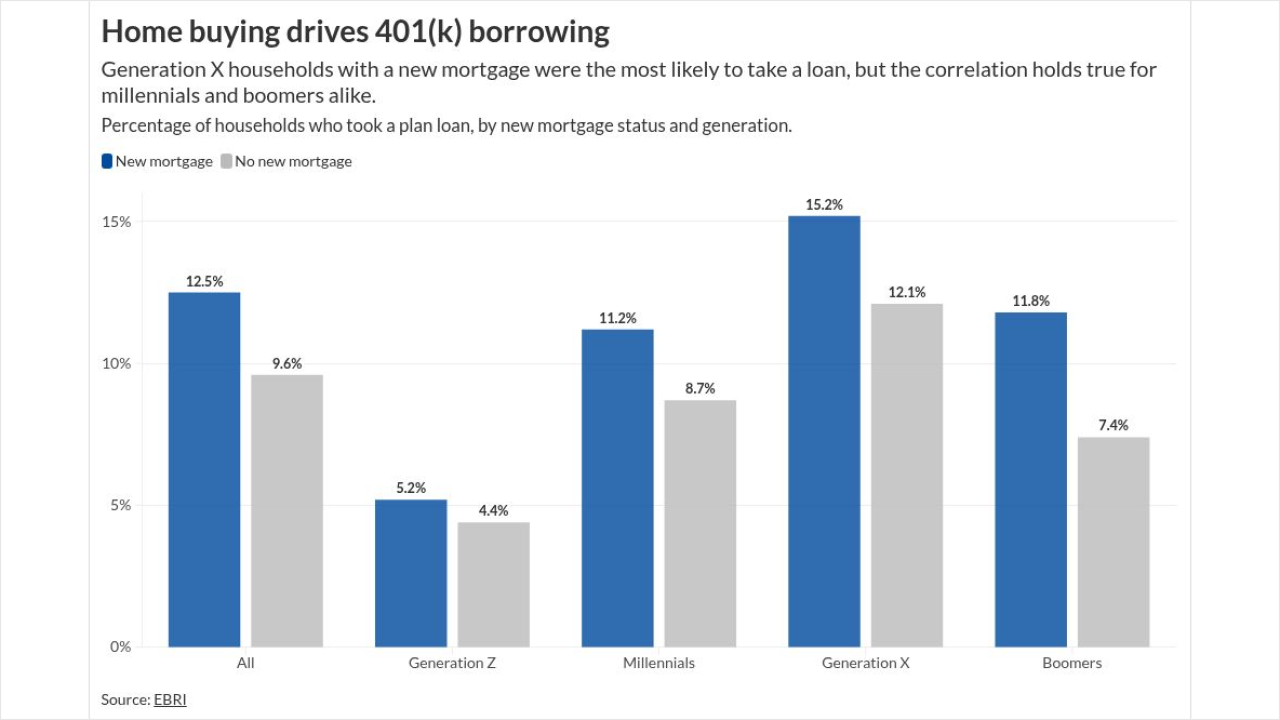If you haven't encountered the new Form ADV yet, be prepared to make its acquaintance in the next two months. To make sure the meeting doesn't become contentious, some guidance may be in order.
Two years in the making, the revised Part 1A of the SEC form, introduced last October, represents a "significant overhaul" to its predecessor, according to Jamie Nash, partner for the New York law firm Kleinberg, Kaplan, Wolff & Cohen. Many RIAs whose fiscal year ended in December will be using the new form for the first time when they file, as required, before March 31 this year.
Advisors should "fully review all of the new disclosure items as soon as possible to ensure that they understand the effort that will be necessary to address the new data requirements," says Ted Eichenlaub, partner in the ACA Compliance Group, which co-sponsored an educational session with Kleinberg Kaplan examining the new rule in New York earlier this week.
Review priorities for advisors include:
Counting clients and assets: On item 5.D of the revised SEC form, advisors must show the number of clients in each category, as well as the amount of AUM for each category, not percentages.
Categories include high-net-worth individuals, banks, investment companies, business development companies and pooled investment vehicles.
"I think item 5.D is going to provide a wealth of information to your competitors," says Arden Rodgers, founder of Arbus Capital Management. "We never had to disclose the actual number of clients in each category before. With this information, competitors will be able to position themselves in a much more informed manner.”

"For example," Rodgers continues, "a competing advisor will be able to say to your existing HNW client, 'We're better able to service your needs, because your current advisor has 300 individual clients and only 35 high-net-worth clients, whereas we specialize in working with over 250 HNW clients and no individual clients.'"
Web and social media presence: Advisors must now disclose all websites and all publicly available social media platforms where the advisor controls the content, such as Twitter, Facebook and LinkedIn. They also need to update information related to social media content promptly.
However, firms do not have to disclose employees' social media accounts or accounts of unregistered affiliates used solely for the business of the affiliate.
Location and information about offices: RIAs have to provide the SEC with their total number of offices and include more detailed information about their 25 largest offices, based on number of personnel.
This information is likely to help the SEC decide which offices to review, says Alyssa Briggs, senior principal consultant for ACA Compliance Group. The agency has shown renewed interest in reviewing branch offices, she notes.
New disclosure categories for separately managed accounts: Separately managed account (SMA) clients are defined by the SEC as advisory accounts other than those that are pooled investment vehicles. Individuals, banks and charitable organizations, for example, are considered SMA clients, while private funds, registered investment companies and business development companies are not.
RIAs must now report the approximate percentage of SMA assets invested in twelve broad categories including ETFs, government, corporate and sovereign bonds, derivatives, cash and cash equivalents.
Advisors with less than $10 billion in SMA regulatory assets under management (RAUM) must report the breakdown annually based on year-end SMA holdings.
Advisors with over $10 billion in SMA RAUM must also include mid-year SMA holding in their annual report.
"Many advisors may not be easily able to generate a report from their portfolio management systems using these new SEC categories," says Rodgers, who is also a CFA. "So there may be a lot more work than advisors expect, to go from their internal reports to a report that matches item 5.k(1) [for SMA asset categories]. Advisors need to get a jump-start on this item and not wait until the last minute."
Advisors must now also provide detailed information for any custodian that accounts for at least 10% of their total registered SMA assets
The SEC did, however, "cut advisors a break" when it came to derivatives and borrowing disclosures says Eichenlaub. On the new Form ADV advisors with less than $500 million in registered SMA assets (revised from $150 million in the rule proposal) don't have to disclose gross notional values or exposures attributable to SMA borrowings and derivatives.





